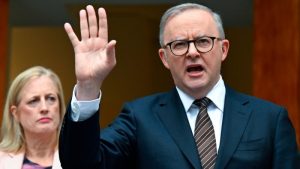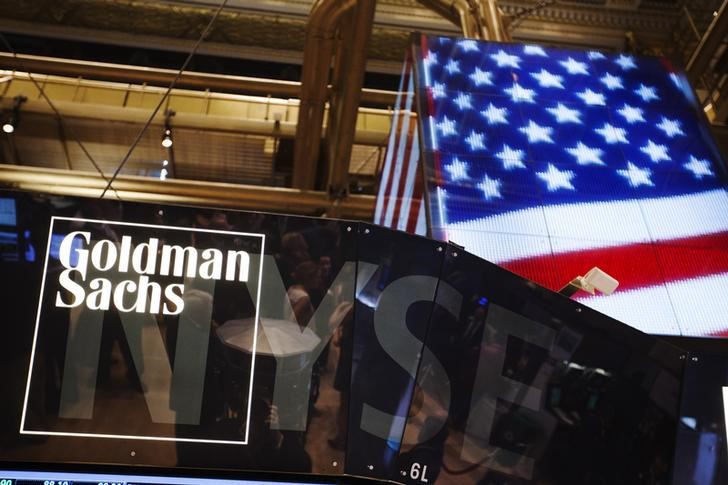Economists at Goldman Sachs have projected that the Bank of England may begin reducing interest rates as early as February 2023 if the UK economy slips into recession, with a more likely scenario for cuts starting in August. This forecast comes despite some members of the Bank’s Monetary Policy Committee (MPC), such as Megan Greene, arguing for sustained higher rates to combat inflation.
Goldman Sachs has pegged the probability of an initial reduction from the current 5.25% to 5% in August at 30%, with a further cut to 4.75% by the end of 2023. Additionally, they see a 15% chance of a full recession triggering a rate cut in the first quarter of the year. These predictions contrast market expectations, which anticipate the first rate cut could occur in June, following a significant drop in inflation from 6.7% in September to 4.6% in October.
Despite this easing of inflation, MPC member Greene has voiced concerns about the UK achieving the Bank’s 2% inflation target, indicating ongoing challenges. Both Governor Andrew Bailey and Greene have expressed that it is too soon to consider rate reductions, citing persistent inflation pressures, high wage growth, and low productivity growth as key issues.
The influence of energy price caps on inflation has also been highlighted, alongside what is perceived as aggressive market pricing for cuts on a global scale. The debate underscores the delicate balance policymakers must strike between fostering economic growth and containing inflation during uncertain times.
This article was generated with the support of AI and reviewed by an editor. For more information see our T&C.
Read the full article here














